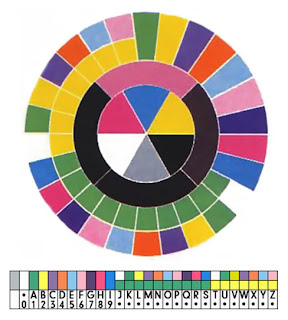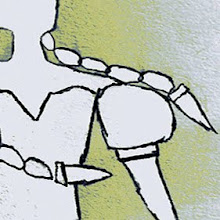Ruin (near Budapest, 2011)
La demeure de l'homme, c'est l'horizon. – Gabriel Féra
– Tamas Dezso
Tamas Dezso is a fine art documentary photographer working on long-term projects focusing on the margins of society in Hungary, Romania and in other parts of Eastern Europe.
Born in 1978 Tamas Dezso was for years a member of the Hungarian newspaper Magyar Hirlap before working as a freelance photographer since 2004.
He lives in Budapest, Hungary.
One year ago, I began photographing the scenes of a world irreversibly decaying, the transformation of a Balkan country surviving the region’s hardest dictatorship.
When capturing the still recordable milieu, I am examining the parallel of a general tendency and personal stories: as resilient humanity condensing into symbolic destinies takes shape in the face of mortality.
When capturing the still recordable milieu, I am examining the parallel of a general tendency and personal stories: as resilient humanity condensing into symbolic destinies takes shape in the face of mortality.
– Tamas Dezso
Tamas Dezso's web site
Abandoned Factory Site (near Szekesfehervar, West Hungary, 2011)
Abandoned Soviet Base (Szentkiralyszabadja, West Hungary, 2012)
Building (Emod, North-East Hungary, 2009)
Bus Stop (North-East Hungary, 2011)
Deer (North Hungary, 2011)
Dump (near Aiud, West Romania, 2012)
Equestrian Statue (Pakozd, North Hungary, 2011)
Near Jara (North Romania, 2012)
Roadside Shop (near Oradea, West Romania, 2012)
Sheep Farm (near Silvasu de Sus, West Romania, 2011)
Sodium Factory (Ocna-Mures, Central Romania, 2012)
Soviet Military Painting (Kiskunlachaza, Central Hungary, 2012)
The Flooded Village of Geamana (Central Romania, 2011)
Tree and House (West Hungary, 2011)
The Persuaders Theme, written by John Barry (1971) redone by europium (2012)

























+by_Santi_di_Tito.jpg)




























